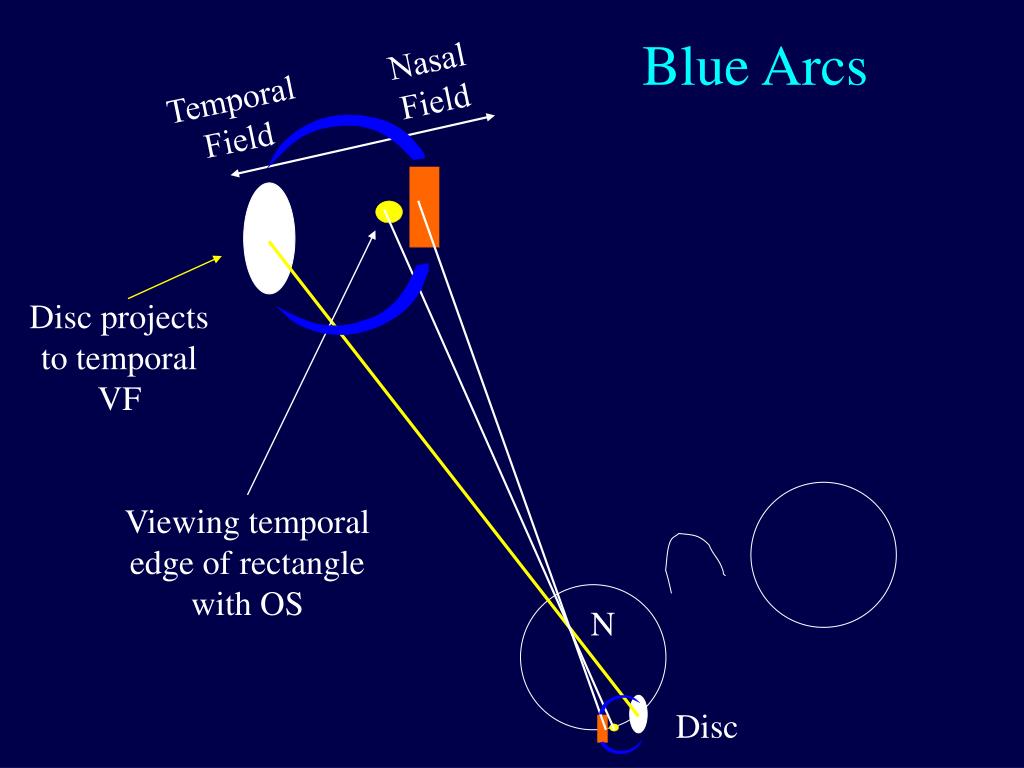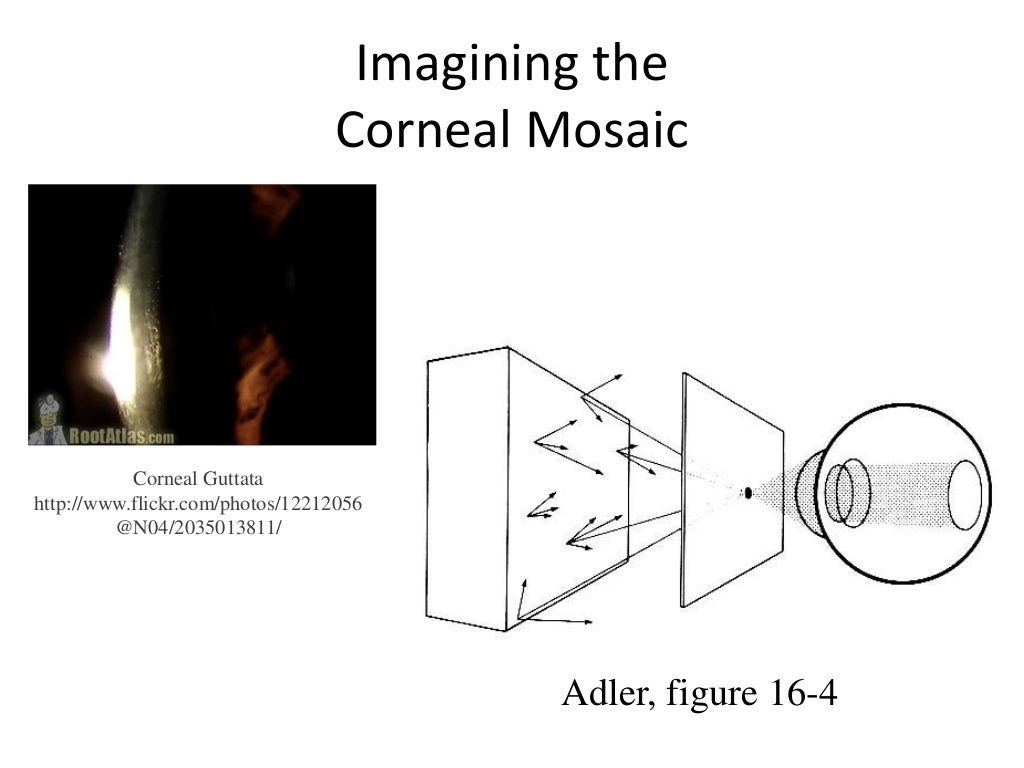

That retinal vessels may throw a bit of shadow on the retina (relative scotoma) is demonstrated under very strict testing conditions by angioscotometry with minute object sizes (0.5–1.5 mm diameter) seen at close range (19 cm) through a collimating lens. And, above all, microelectric recordings from the retina (elctroretinograms) show no evidence of activity relating to after‐images, whereas recordings from the cortex (Electroencephalogram, visual evoked potentials) do so indeed 9. The apparent size of the vascular tree, similar to the size of after‐images, depends on the distance judgment of the background unto which it is projected rather than the actual size on the retinal vasculature 8. The extent of this movement is, however, not at all proportional to that of the globe, which may even remain completely at rest. On the other hand, when one commands to oneself to intentionally look right or left, after‐images, and the entoptic vasculature, also move in the same direction 7. Passive motion of the globe normally moves the perception of the external world because the final location of the ordinary real image of the world is in the cortex, which conceives it as stable, based on inputs from the extra‐ocular muscles and all other sensory organs (including the other, stable, eye). In contrast to real images, the entoptic vascular tree does not move when the globe with its retina is passively moved, for instance by digital pressure or pull with forceps 6.

It remains visible when only one eye is stimulated while the other is open. It remains visible after the intermittent short stimulus has stopped in this manner, it also has the nature of palinopsia. The entoptic phenomena of the retinal vessels has many characteristics of an after‐image. Entoptic phenomenon physiological application

In fact, it is this observation, which led to the conclusion that there must be a rapid mechanism of image creation and erasure as the foundation of normal visual processing 5.įootnote: Entoptic phenomenon is perceived as vitreous floater secondary to posterior vitreous detachment. It differs from a real image, particularly in that it does not track with eye or retinal movement due to the direct and constant relationship with the photoreceptor layer 5. Entoptic phenomena occurs due to the location and pattern of the branching retinal vascular ‘tree’ in front of the photoreceptor layer, casting a shadow that is only induced when the anterior segment of the eye is illuminated 4. The presence or absence of different entoptic phenomena can raise red flags for posterior and anterior abnormalities, and even refractive and convergence conditions-making them potential markers of disease presence and progression.Įntoptic phenomena were first described by Johann Purkinje in the early 1800s, to describe the fleeting, black afterimage of retinal vasculature, later coined the ‘Purkinje tree’ 4. Entoptic phenomena has been historically used to determine the photoreceptive layer of the retina and raised some intriguing questions about the nature of the visual process 1. When coming from in front, this motion is not always necessary, and the light may also be replaced by a small opening in a black screen while looking at a bright white wall. The entoptic phenomenon is usually brought about by shining a focused light such as from a penlight or a hand‐held ophthalmoscope on the sclera, or in front of the pupil, and then rapidly moving it back‐and‐forth 1. The most well-known entoptic phenomenon is Moore’s lightning streaks, which are seen when vitreous liquefaction produces retinal traction, resulting in photopsias often referred to as flashes of light 3.

Blue field entoptic phenomenon treatment Entoptic phenomenaĮntoptic phenomena is a phrase derived from the Greek words ‘inside’ and ‘light’ or ‘vision’ was introduced by Johann Benedict Listing (1808 – 1882), which describes the ability of an individual to perceive substances endogenous to their own eye, such as retinal vessels or vitreous opacities 1. Entoptic phenomena refer to positive visual phenomena generated from physiologic or pathologic processes within the eye 2.


 0 kommentar(er)
0 kommentar(er)
